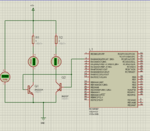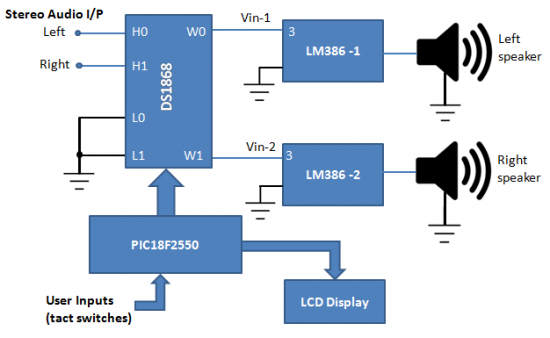Donno191
Newbie level 4

 I Was Wondering if i could build a variable resistor from scratch by using two transistor switches ? If the logic is 0 on PORTA then the power goes through resistor R2 and when the logic is 1 then the power goes through R1. I am more of a programmer than a electronics guy so any help would be helpful my end result is to have a 20bit variable resistor with binary resistance like the first resistor would be 1 ohm, 2 ohm, 4 ohm, 8 ohm, 16 ohm ect and to make 15ohm i would activate the first 4 ports and bypass the last. Hope anyone understands ?
I Was Wondering if i could build a variable resistor from scratch by using two transistor switches ? If the logic is 0 on PORTA then the power goes through resistor R2 and when the logic is 1 then the power goes through R1. I am more of a programmer than a electronics guy so any help would be helpful my end result is to have a 20bit variable resistor with binary resistance like the first resistor would be 1 ohm, 2 ohm, 4 ohm, 8 ohm, 16 ohm ect and to make 15ohm i would activate the first 4 ports and bypass the last. Hope anyone understands ?











